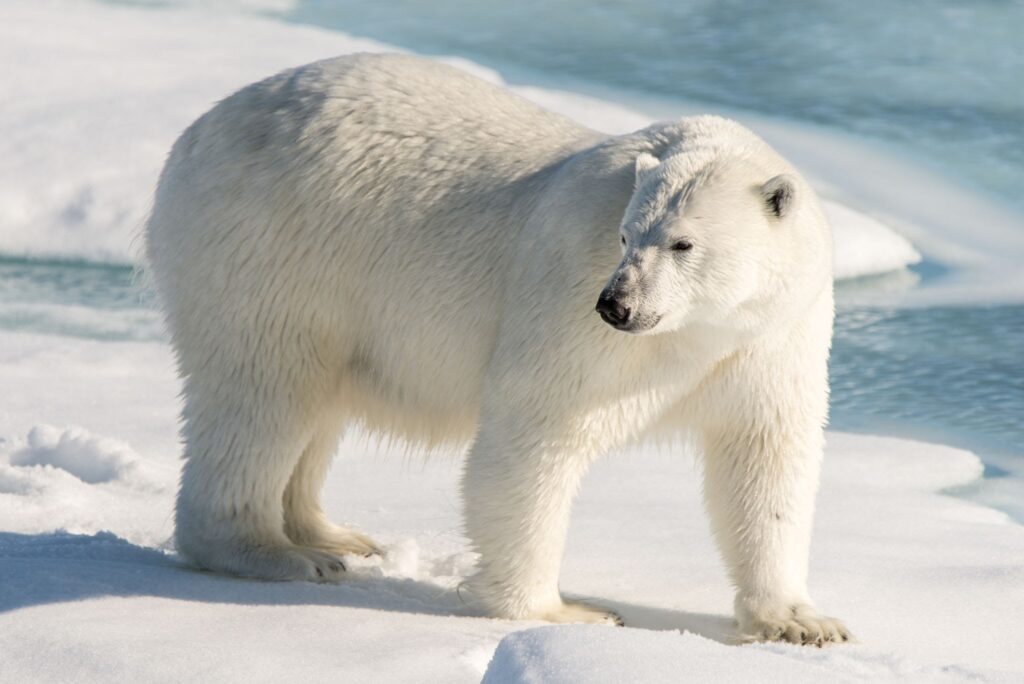In the icy Arctic, scientists are using cool tech to find polar bear homes. These dens, hidden under layers of snow, are like secret hideouts for mama polar bears and their cute cubs. Teams from Simon Fraser University and Brigham Young University, teaming up with Polar Bears International, are on a mission to upgrade the way we spot these hidden spots.
Think of it like a high-tech treasure hunt but for bear homes. These researchers aren’t just looking for dens; they’re also inventing better tools to find them. It’s not just science; it’s like a tech adventure in the snowy Arctic, where they’re figuring out how to protect polar bear families.
The goal? To learn more about where polar bears live and help keep them safe. It’s like making a cool map of their homes and hangout spots. The scientists are like Arctic detectives, using smart gadgets to solve the mystery of where polar bear families spend their time. It’s not just about bears; it’s about making sure these amazing creatures have a comfy home in the frozen north.
The team’s innovative use of Synthetic Aperture Radar (SAR) technology has proven to significantly enhance polar bear den detection. In comparison to the industry-standard Forward Looking Infrared (FLIR) system, the SAR method demonstrated an impressive increase of over 20%, reaching an accuracy rate of 66%. This promising breakthrough is attributed to SAR’s unique capabilities, including multi-band, interferometric, and polarization features at microwave frequencies that can penetrate snow, allowing it to “see” the top snow surface, the den roof surface, and even inside the den cavity.
Professor Bernhard Rabus, leading the research at Simon Fraser University, highlighted the potential of SAR technology, especially in its ability to perform well regardless of temperature and weather conditions in the Arctic. The team envisions an operational version capable of extrapolating radar signatures from live bears in open areas combined with computer-modeled den cavity radar signatures. This approach aims to develop a robust detection method for airborne multi-channel SAR data, ensuring reliable polar bear den detection.
Geoff York, Senior Director of Research and Policy at Polar Bears International, emphasized the significance of advancing SAR as a method for polar bear den detection, particularly in supporting conservation efforts amid increased industry activity in the Arctic. Denning is a crucial and vulnerable time for polar bears, and accurate detection tools are essential to avoid disturbing them during this critical period.
The research not only contributes to the understanding and protection of polar bear populations but also underscores the importance of technological innovation in wildlife conservation, where SAR technology emerges as a valuable tool in safeguarding these iconic Arctic species.
